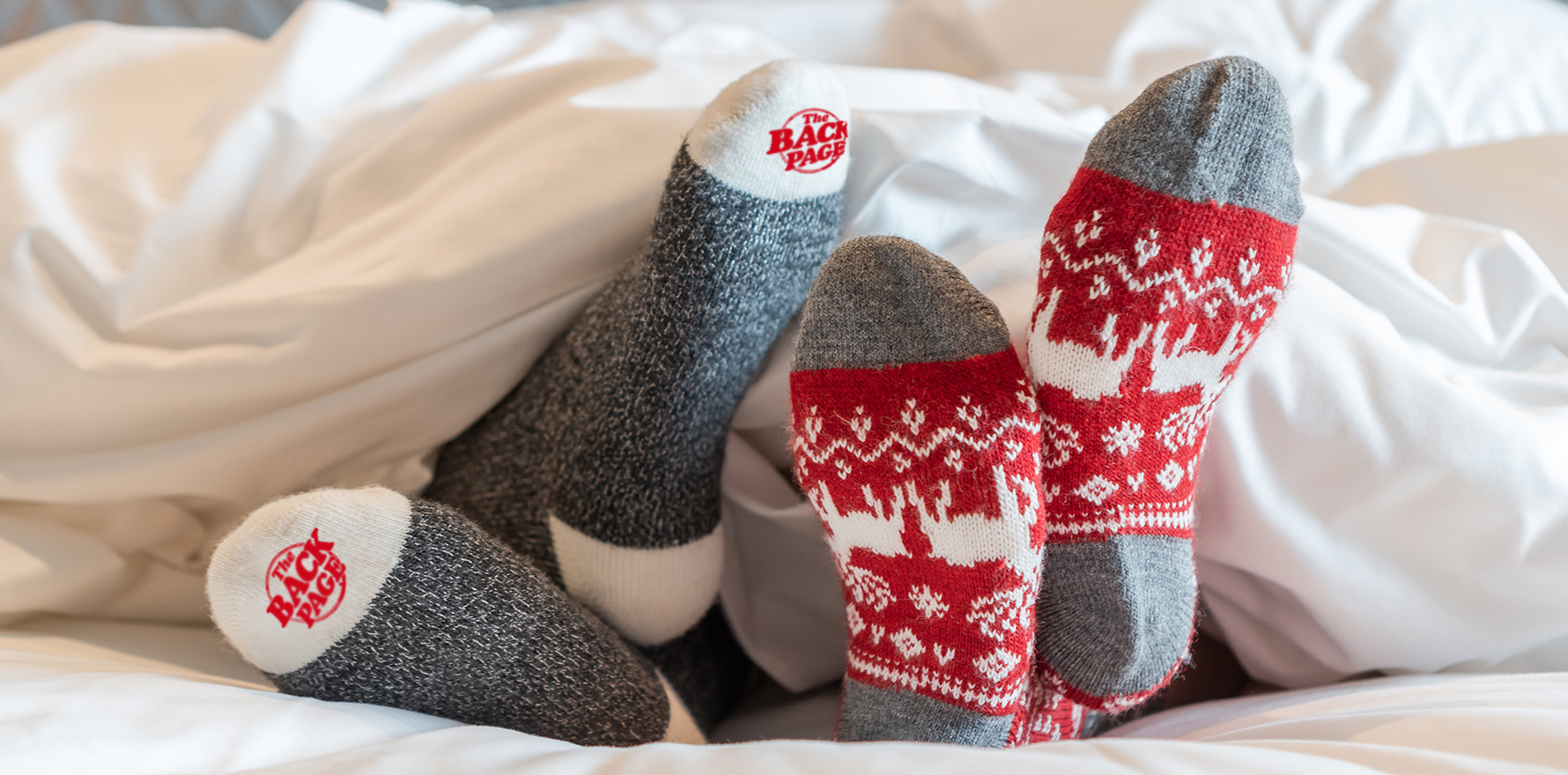Yet another thing to blame mum and dad for.
People conceived during cold seasons are more likely to store fat in a way that’s linked to more energy expenditure, less fat accumulation around the organs and lower BMI, according to new Japanese research.
Published in Nature Metabolism this week, the research looked at fat density in 683 Japanese people and looked for trends related to the time of year they were conceived.
Cold exposure has long been an established environmental determinant of energy expenditure, because it triggers the body to burn its brown adipose tissue into heat.
Brown fat tends to be associated with less liver fat and type 2 diabetes, as well as lower amounts of visceral adipose tissue and higher amounts of subcutaneous fat.
One thing that has stopped brown adipose tissue from becoming a major therapeutic target is a lack of understanding of why some people are more disposed to it than others.
Enter the research team led by Dr Takeshi Yoneshiro at the University of Tokyo, who hypothesised that epigenetics – specifically the weather pre-conception – could then influence the brown fat “metabolic fate” of human babies.
Sure enough, an analysis of the brown adipose tissue density, activity and thermogenesis in 683 health men and women aged 3-78 found that those who were conceived in the colder months had higher brown fat activity.
While the relationship between BMI and conception in a cold month was not statistically significant, cold season conception was positively correlated with brown fat and brown fat was negatively correlated with BMI.
A subset of 93 participants also completed a questionnaire regarding the region where they were conceived, allowing the researchers to estimate the weather conditions – average outdoor temperature, humidity, precipitation and sunshine duration – that each person was conceived in.
The most significant determining factor of brown fat activity, though, was found in participants who were conceived during times where there was a bigger variation in temperatures throughout the day.
Their results showed that brown adipose tissue activation by the cold fertilisation season was independent of age, sex and adiposity, the researchers said.
“Moreover, the difference in the [brown adipose tissue] prevalence between the warm and cold fertilisation groups was 11.9% … [and consistent between subgroups].”
While the exact mechanism of the link remains a mystery, mouse models have indicated that sperm DNA methylation may hold the key.
Send metabolic tarot cards to penny@medicalrepublic.com.au.


